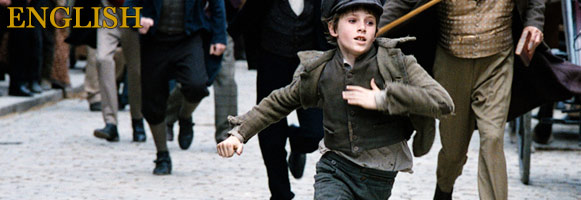English

Page 2 of 3
The activities on the site address the following curriculum requirements:
Understanding texts
To develop understanding and appreciation
of texts, pupils should be taught:
- to extract meaning beyond the literal, explaining how the choice of language and style affects implied and explicit meanings
- to analyse and discuss alternative interpretations, ambiguity and allusion how ideas, values and emotions are explored and portrayed
- to identify the perspectives offered on individuals, community and society
- to consider how meanings are changed when texts are adapted to different media
- to read and appreciate the scope and richness of complete novels, plays and poems
Understanding the author's craft:
- how language is used in imaginative, original and diverse ways
- to reflect on the writer's presentation of ideas and issues, the motivation and behaviour of characters, the development of plot and the overall impact of a text to distinguish between the attitudes and assumptions of characters and those of the author
- how techniques, structure, forms and styles vary
- to compare texts, looking at style, theme and language, and identifying connections and contrasts.
English literary heritage:
Students should be shown:
- the characteristics of texts that are considered to be of high quality
- the appeal and importance of these texts over time.
Printed and ICT-based information texts:
To develop their reading of print and ICT-based information
texts, pupils should be taught to:
- select, compare and synthesise information from different texts
- evaluate how information is presented
- sift the relevant from the irrelevant, and distinguish between fact and opinion, bias and objectivity
- identify the characteristic features, at word, sentence and text level, of different types of texts.
Media and moving image texts:
Pupils should be taught:
- how meaning is conveyed in texts that include print, images and sometimes sounds
- how choice of form, layout and presentation contribute to effect [for example, font, caption, illustration in printed text, sequencing, framing, soundtrack in moving image text]
- how the nature and purpose of media products influence content and meaning [for example, selection of stories for a front page or news broadcast]
- how audiences and readers choose and respond to media.
Non-fiction and non-literary texts:
The range should include:
- literary non-fiction
- print and ICT-based information and reference texts
- media and moving image texts [for example, newspapers, magazines, advertisements, television, films, videos].
Writing to analyse, review and comment:
- reflect on the nature and significance of the subject matter
- form their own view, taking into account a range of evidence and opinions
- organise their ideas and information, distinguishing between analysis and comment
- take account of how well the reader knows the topic.
